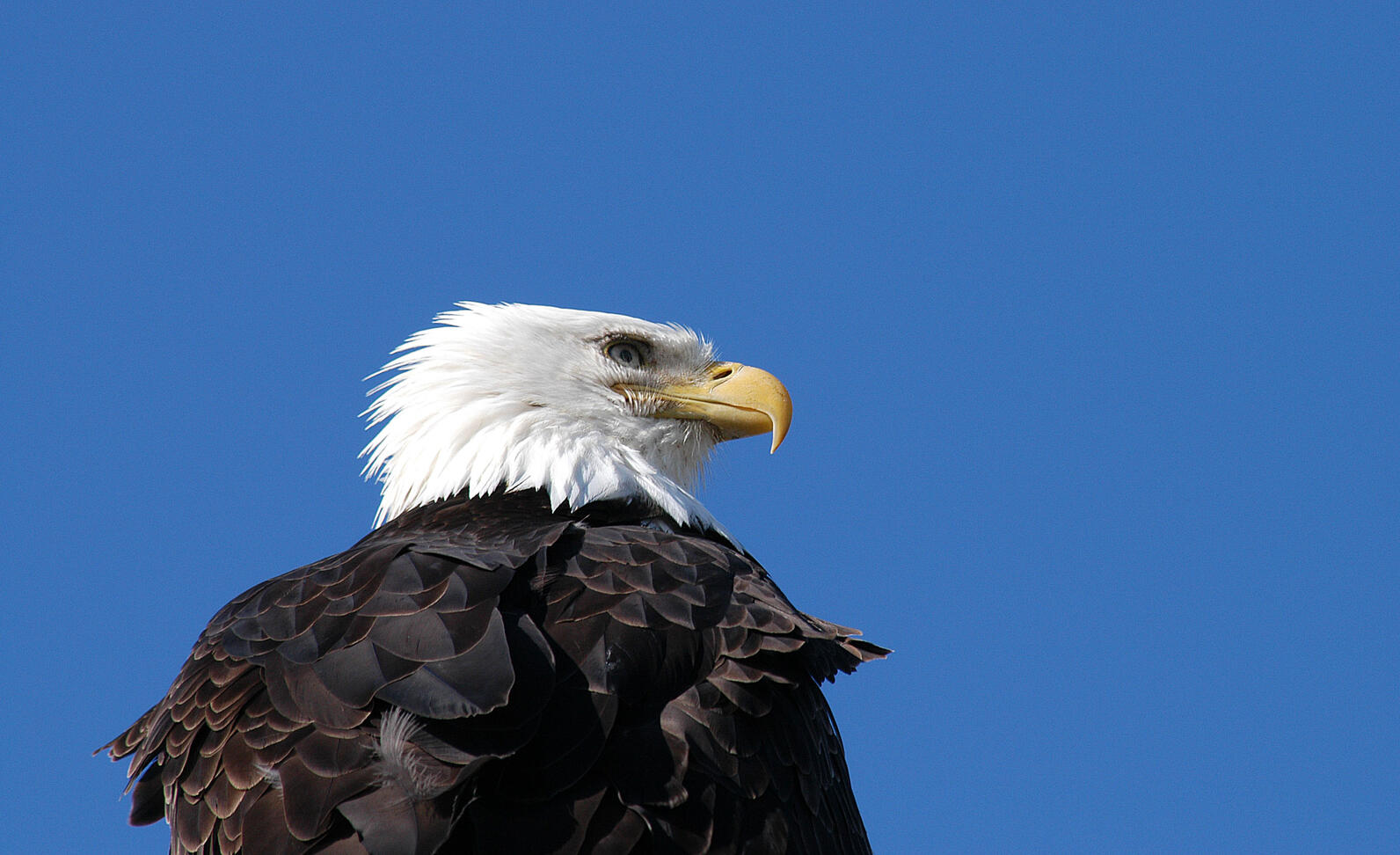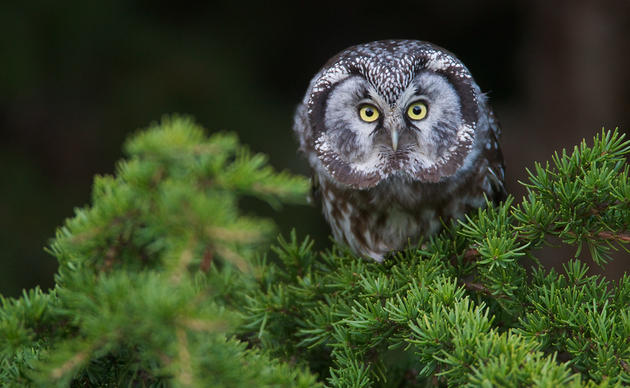
The past four years have given us an eroded landscape. The bedrock of our nation is exposed. Layers of racism, distrust, dishonesty, misinformation, malignancy, and a global health crisis have shown us division deep in the roots of not only our country, but our communities. Political leaders enabled a narrative that forced us to build walls around ourselves and between each other.
But we do not stand alone as architects of this constructed reality. We are not solitary masons of our nation’s foundation. As participants in a democracy, we ask “what do I need to change in myself” so we can change our communities, our country. We rely on the decisions of others, in combination with our own, to direct our collective action. Across our divided country, we came together in record numbers over the last few weeks to choose new ways forward. We brought our values and ourselves to the polls, as citizens in the same shared space of a nation. And now, we move forward.
We have work to do, and it will only grow in the coming months. Though we can expect a new environmental agenda from the Biden administration, transition takes time. Meanwhile, the Trump administration will race to finalize oil and gas leasing in the Arctic, including possible permits for winter seismic surveys in the Arctic Refuge. The roadless rule on the Tongass has been overturned, Southeast Alaska Tribes’ requests for new rulemaking are ignored, and the proposed Pebble Mine in Bristol Bay remains a threat as Alaska’s Congressional delegation refuses to take a hard line on preventing the permit process. Alaska stands to lose some of its hardest fought environmental protections in the months ahead, and it will be more important than ever to make sure Alaska—its people, wildlife, and public lands and waters—are top priorities for the new administration.
President-elect Biden and his administration will provide necessary support to protect bedrock environmental laws, like the National Environmental Policy Act (NEPA), that were absent under the Trump administration. They will return science-based decision-making to the federal agencies. They have promised to focus on the impacts of climate change by proposing the ambitious goal of protecting 30% of our nation’s lands and waters by 2030. This means places like the Coastal Plain of the Arctic Refuge, the western Arctic wetlands of Teshekpuk Lake, coastal estuaries like Kasegaluk lagoon and the wetlands of the Nushagak and Kvichak rivers that feed Bristol Bay, the breathing cedar, spruce, and lichens of the Tongass, can be the blueprint for a carbon conservation plan that builds the foundation for a climate resilient future. It is possible to imagine a path forward where Alaska chooses to protect our public lands and waters as investments for future generations—future generations of our own families and communities—as well as caribou, eelgrasss, sandhill cranes, and spotted towhees.
Any new building project is difficult, and dialogue with each other is more important now than ever before as we develop plans for our future. It will also be important to listen—to each other and to the land. What is your role in this future? How can your individual participation influence cooperative action? What does the land need from us? Ask these questions, share your answers, and spend time with the land we all love.




